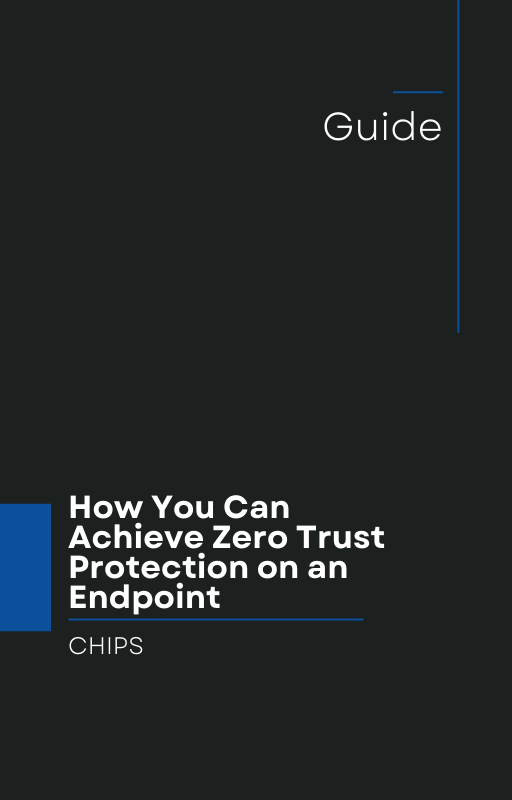Phishing Attack Bypasses Outlook Defenses with Hidden Malicious Links
A newly discovered phishing attack is taking advantage of a clever tactic to bypass email security—particularly targeting Microsoft Outlook users. This technique, reported by CyberSecurityNews, embeds malicious links in a way that makes them invisible to email clients, hiding them from traditional detection tools and tricking unsuspecting users into opening harmful URLs.
📌 Source: CyberSecurityNews – Phishing Attack Hides Malicious Link
How the Attack Works
Researchers found that this phishing campaign uses HTML smuggling and advanced CSS manipulation to embed a hidden link inside an email's body. The clever part? The malicious hyperlink isn’t visible in the standard view of the email client—like Microsoft Outlook—which means most users won’t suspect anything is wrong.
By exploiting this visual deception, attackers can make the email appear harmless while sneakily embedding a redirection to a credential-harvesting site or malware dropper. Outlook's rendering engine fails to detect and display the malicious component, bypassing many built-in security features and traditional email filtering tools.
This is yet another sign that attackers are becoming more sophisticated, leveraging how email clients parse HTML and CSS—not just relying on suspicious attachments or known malicious domains.
Why Traditional Defenses Aren’t Enough
This phishing campaign exposes a critical flaw in our cybersecurity posture: we're still too dependent on detection-based solutions. Most businesses still operate in a “Detect and Respond” mode—waiting for security software to identify a threat before taking action.
But in this case, there's nothing to detect. The email looks clean. It bypasses filters. And when the link is clicked, it’s already too late.
Here lies the danger: detection-based tools only work when they can see the threat. If the threat is obscured, disguised, or simply not flagged as suspicious, these tools provide no defense.
The Urgent Need for Isolation and Containment
Modern threats like these call for a fundamental shift in cybersecurity strategy—from Detect and Respond to Isolation and Containment.
This is where AppGuard shines. AppGuard doesn’t rely on detecting malware or phishing activity. Instead, it prevents malicious actions from executing at the endpoint level, even if the user clicks on a dangerous link.
AppGuard isolates applications and contains untrusted processes—so even if a phishing email successfully lures an employee to click, the payload can't execute. It neutralizes threats before they cause damage, without needing to recognize the attack or match it to a signature.
This approach is essential in defending against zero-day exploits, fileless malware, and stealthy phishing campaigns like the one outlined in this recent report.
A Proven Solution Now Available for Commercial Use
AppGuard has spent over a decade protecting classified government systems, and it's now available to businesses of all sizes. With a track record of zero breaches in operational environments, AppGuard brings military-grade protection to the commercial world—without the complexity or performance tradeoffs of traditional solutions.
If your business relies on Microsoft Outlook or any email client, this attack should serve as a wake-up call. The time to act is before a phishing email slips through your filters—not after.
Let’s Talk About Protecting Your Business
We’re CHIPS, and we help organizations move beyond outdated “Detect and Respond” strategies. Talk with us today about how AppGuard can protect your business from phishing, ransomware, and other advanced threats—by stopping them before they start.
👉 Let’s move your cybersecurity strategy forward—from Detect and Respond to Isolation and Containment. Contact us to schedule a conversation.
#CyberSecurity #Phishing #Outlook #EmailSecurity #EndpointProtection #AppGuard #AppGuardIsTheAnswer #CHIPS #ZeroDayDefense #MalwarePrevention
Like this article? Please share it with others!

August 5, 2025

Comments